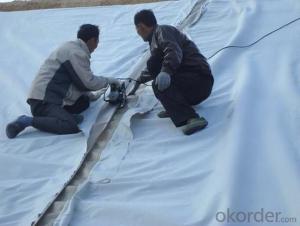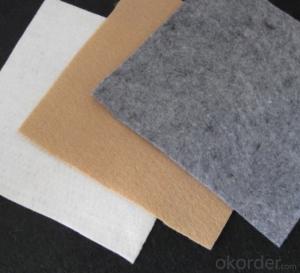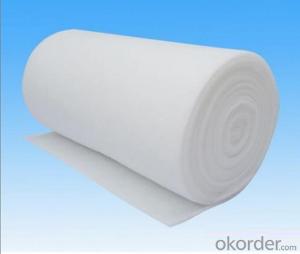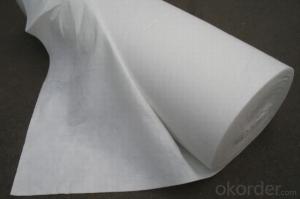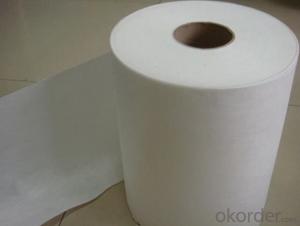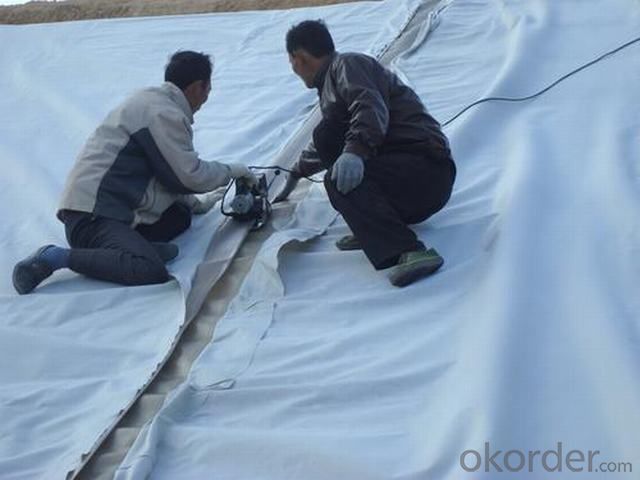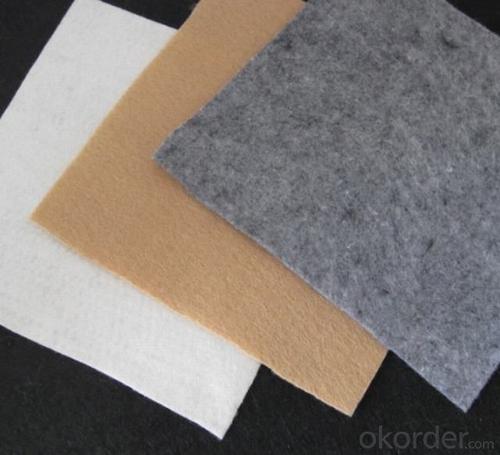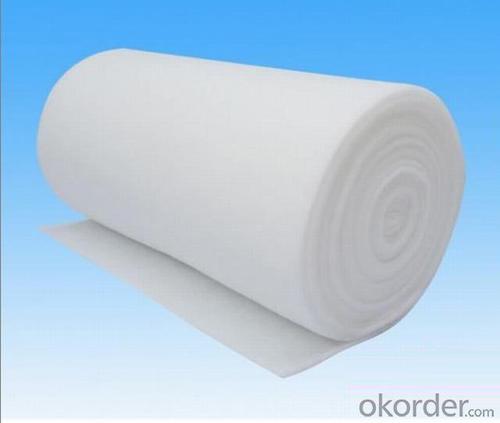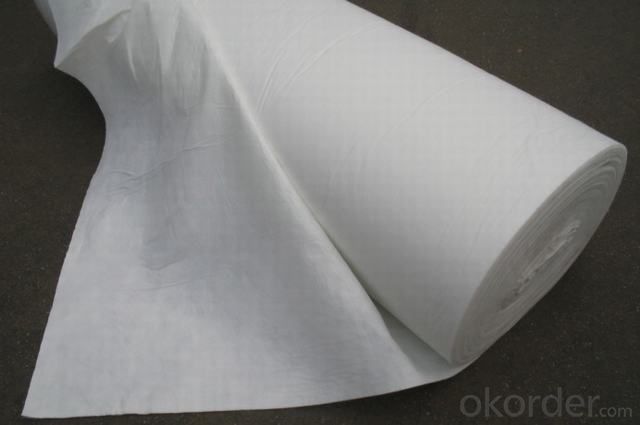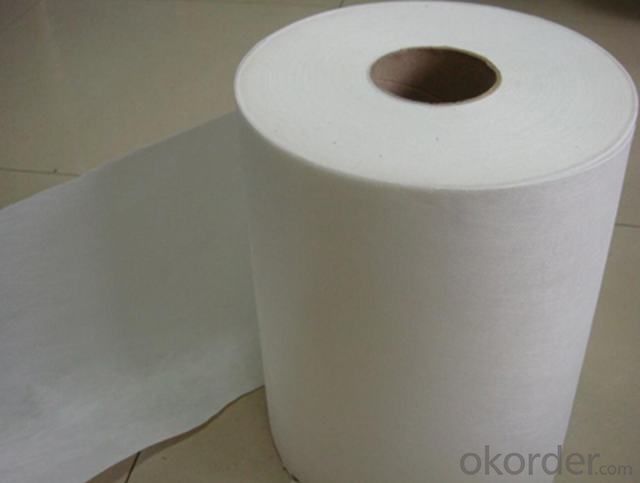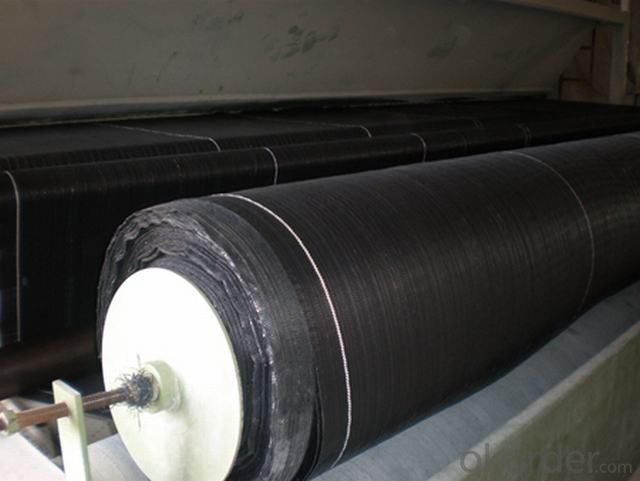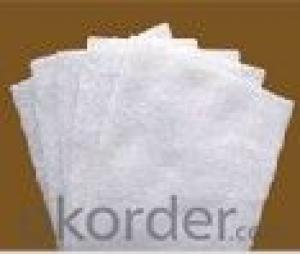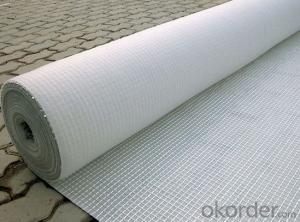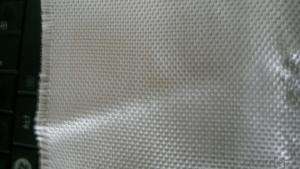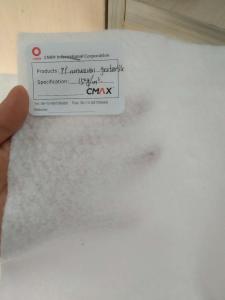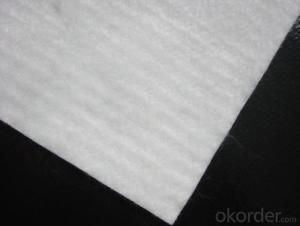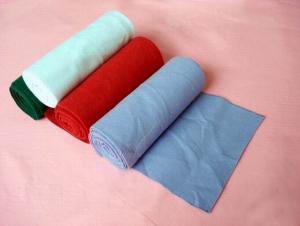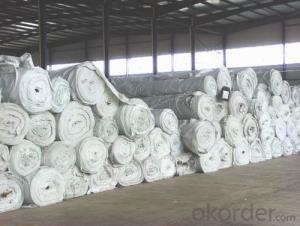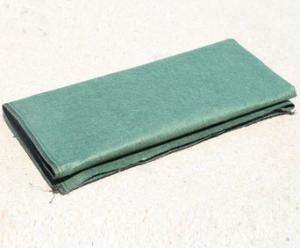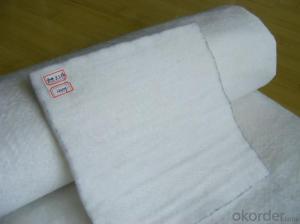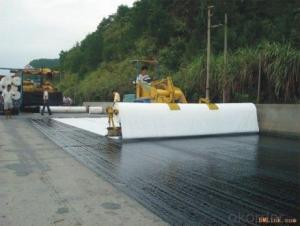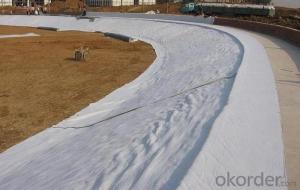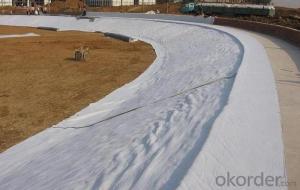High Strength PP Non-woven Geotextile for River Bank Protection
- Loading Port:
- Qingdao
- Payment Terms:
- TT or LC
- Min Order Qty:
- 20000 m²
- Supply Capability:
- 1500000 m²/month
OKorder Service Pledge
OKorder Financial Service
You Might Also Like
1. Description of High Strength Nonwoven Geotextile
CMAX polypropylene non woven geotextile is made from high strength polypropylene short fiber by non woven needle punched manufacturing process. It has separation, filtration, drainage, reinforcement, protection and maintenance etc. function
2. Specification of High Strength Nonwoven Geotextile
Weight: 100gsm – 1200gsm;
Material: 100% polypropylene
Width: 1m – 6m; Length: as clients’ required.
Color:black, white,beige, green
3. Technical Data Sheet of High Strength nonwoven geotextile
Item | Unit | Index | ||||||||
Weight per Square Meter | g/m2 | 100 | 200 | 300 | 400 | 500 | 600 | 800 | 1000 | |
Grab | MD | N | ≥350 | ≥700 | ≥1100 | ≥1400 | ≥1800 | ≥2200 | ≥2800 | ≥3400 |
CD | ≥350 | ≥700 | ≥1100 | ≥1400 | ≥1800 | ≥2200 | ≥2800 | ≥3400 | ||
Elongation | MD | % | 50~90 | 50~100 | ||||||
CD | 50~90 | 50~100 | ||||||||
Trapezoidal Tearing Strength | MD | N | ≥135 | ≥280 | ≥350 | ≥400 | ≥480 | ≥550 | ≥650 | ≥750 |
CD | ≥135 | ≥280 | ≥350 | ≥400 | ≥480 | ≥550 | ≥650 | ≥750 | ||
CBR Mullen Burst Strength KN | KN | ≥1.0 | ≥2.1 | ≥3.2 | ≥3.8 | ≥4.5 | ≥5.5 | ≥6.5 | ≥7.5 | |
Tearing Strength | MD | KN | ≥3.5 | ≥8 | ≥12 | ≥18 | ≥24 | ≥30 | ≥40 | ≥50 |
CD | ≥3.5 | ≥8 | ≥12 | ≥18 | ≥24 | ≥30 | ≥40 | ≥50 | ||
Break Strength | MD | % | 40~65 | 50~80 | ||||||
CD | 40~65 | 50~80 | ||||||||
Puncturing Strength | N | ≥180 | ≥360 | ≥550 | ≥750 | ≥900 | ≥1150 | ≥1450 | ≥2000 | |
Peeling Strength | N/5 cm | ≥80 | ≥100 | |||||||
Antiacid alkali-resistant | % | ≥90% | ||||||||
Seive Size O90 | Mm | ≤0.1 | ||||||||
Vertical Permeability | Cm/s | ≤0.2 | ||||||||
4. Property of High Strength Nonwoven Geotextile
1).The mechanical values are 2-3 times more than ordinary products.
2).Good acid and alkali resistance, excellent hot melting adhesiveness, high anti-abrasion performance.
5. Application of High Strength Nonwoven Geotextile
1) Filtration of soils in drainage applications by retaining soil particles while allowing for the free flow of water.
2) Separation and stabilization in road and railway constructions.
3) Prevention of soil movement in erosion control measures.
4) Cushioning and protection in many containment projects
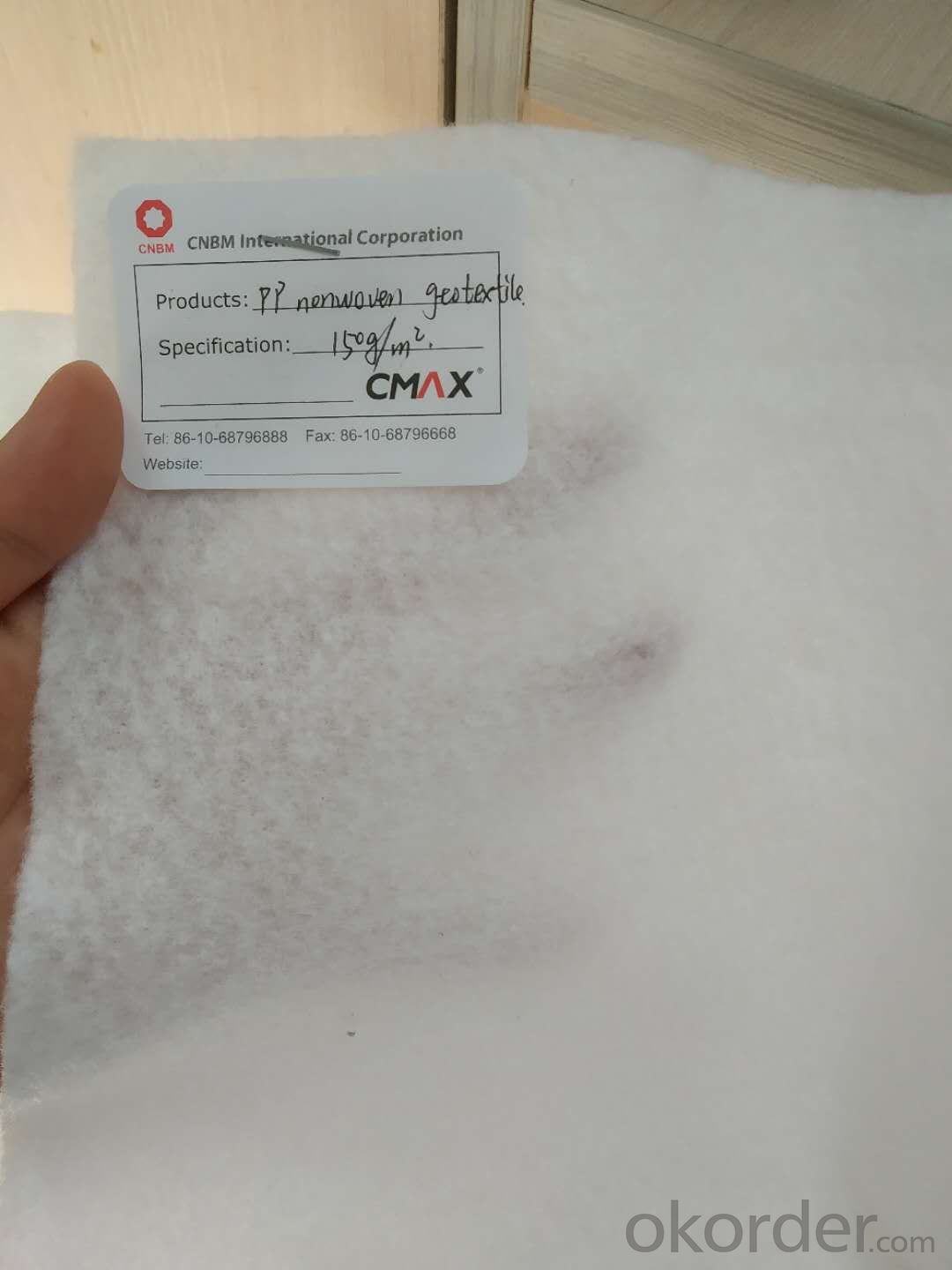

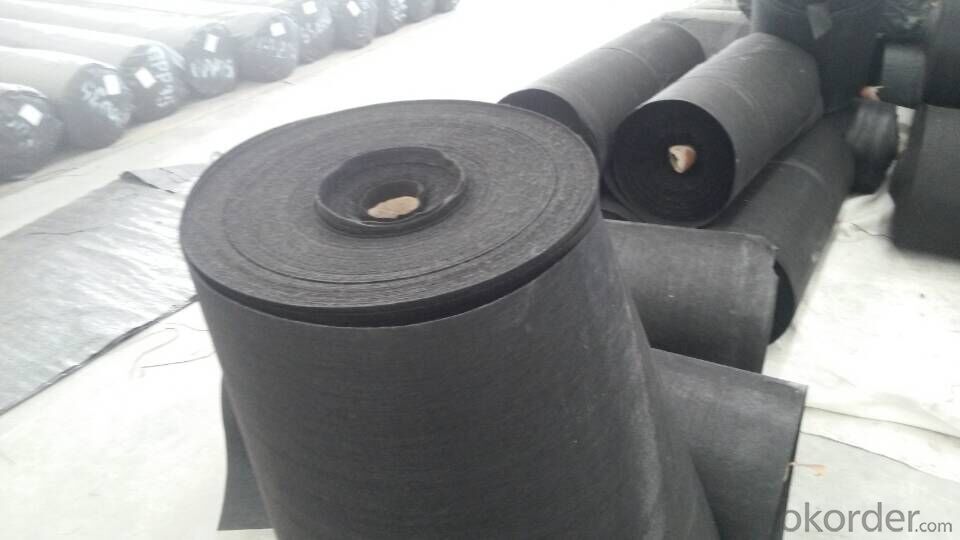
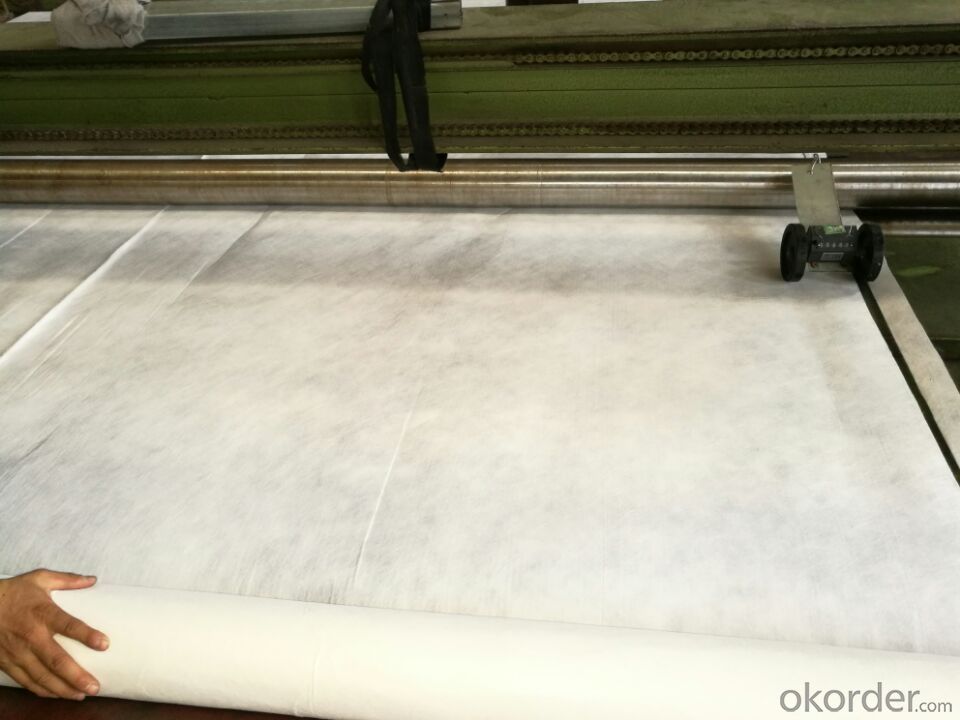
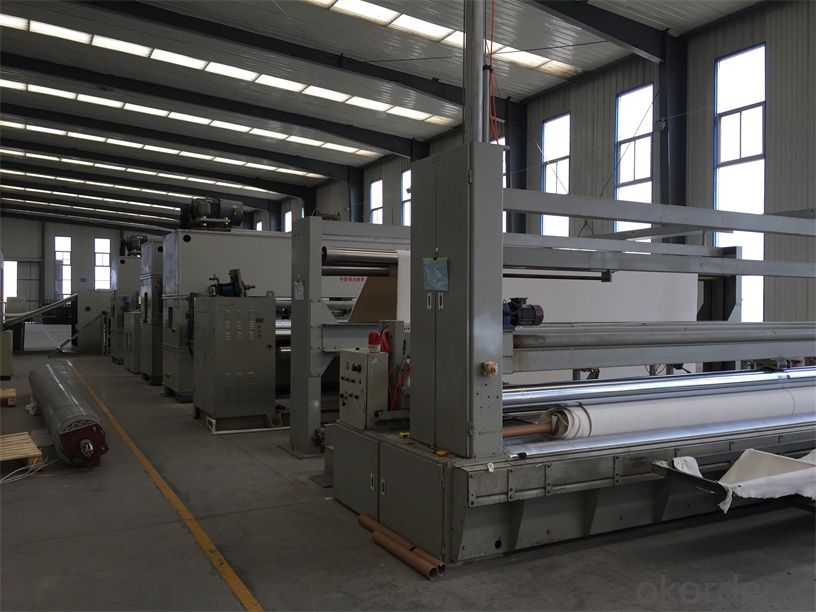
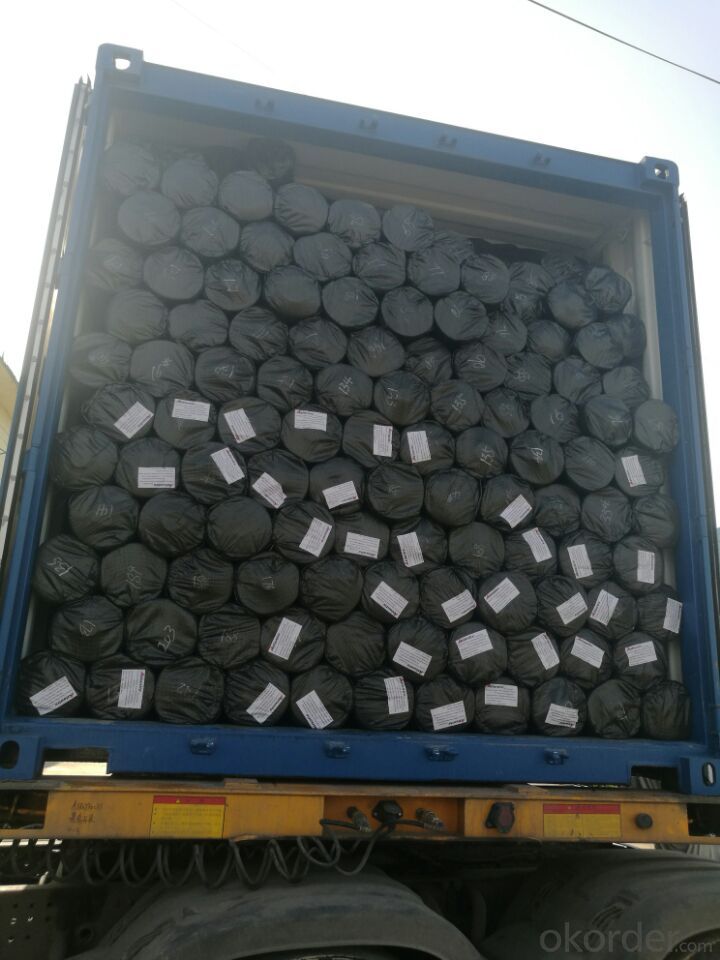

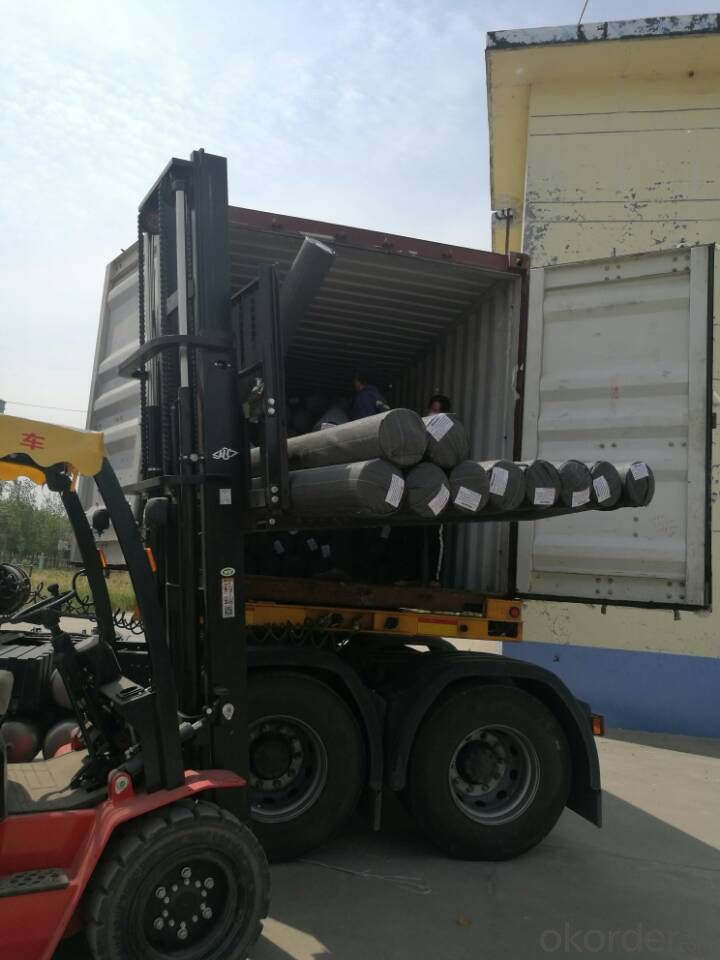
RFQ:
What is the main application of Non-woven Geotextile for River Bank Protection?
The main application of Non-woven Geotextile for River Bank Protection is as follows: The highway, railway, soil-stone dam, breakwater, airport, backfill soil of retaining wall, slope protection, etc.
Where is your main market?
Our main market is in Middle East, South America and some African countries.
What is your advantages for the S Non-woven Geotextile for River Bank Protection?
One of the largest manufacturer of Short Fiber Nonwoven Geotextile with advanced equipment, big production capacity and excellent quality.
- Q: What are the standards and regulations for geotextile products?
- The standards and regulations for geotextile products vary depending on the country and region. However, there are several widely recognized international standards that govern the manufacturing, testing, and performance requirements of geotextiles. These include standards from organizations such as the International Organization for Standardization (ISO) and the American Society for Testing and Materials (ASTM). These standards cover aspects such as strength, durability, permeability, and environmental compatibility. Additionally, various regulatory bodies may have specific requirements for geotextile products, particularly in the construction industry, to ensure their safe and effective use in specific applications.
- Q: GB / T-2008 has this standard on staple geotextile? What is the exact name? Know what to say thank you!
- Is the new 2008 standard out?
- Q: White geotextile surface from the particles?
- First of all, to see your problem after I went to the workshop to see the next, geotextile surface is generally not from the particles. Later, after I carefully looked and found that the geotextile surface occasionally there will be a little white dot-like material, about 0.2-0.5mm in diameter, a square meter of geotextile above will not have more than five such particles, which may With the geotextile fiber, if the particles are not a lot of words will not affect the quality of geotextile products. Suggest that you do not have to worry about it.
- Q: How are geotextiles used in railway construction?
- Geotextiles are used in railway construction for various purposes such as erosion control, drainage, and reinforcement. They are placed beneath the ballast to prevent soil erosion and stabilize the trackbed. Geotextiles also help in improving the overall drainage system, reducing the risk of water accumulation and subsequent damage to the railway infrastructure. Additionally, these materials provide reinforcement to the trackbed, enhancing its stability and longevity.
- Q: How do geotextiles help in soil stabilization?
- Geotextiles help in soil stabilization by acting as a barrier between soil layers, preventing erosion and promoting the consolidation of the soil. They enhance soil strength, reduce soil settlement, and improve drainage, ultimately ensuring better stability and longevity of structures built on or with the support of the soil.
- Q: Can geotextiles be used in erosion control blankets?
- Yes, geotextiles can be used in erosion control blankets. Geotextiles are often used as a material in erosion control blankets to provide stabilization and reinforcement against soil erosion. They help to prevent sediment runoff and promote vegetation growth, making them effective in erosion control applications.
- Q: How do geotextiles help with soil stabilization in foundation construction?
- Geotextiles aid in soil stabilization during foundation construction by acting as a barrier between the soil layers. They distribute loads more evenly, preventing differential settlement and improving the overall stability of the foundation. Additionally, geotextiles help to control erosion and filter water, allowing for proper drainage and reducing the risk of soil erosion.
- Q: How do geotextiles help with filtration in drainage systems?
- Geotextiles act as a barrier in drainage systems, allowing water to pass through while preventing the passage of soil particles or other contaminants. By filtering out these particles, geotextiles help maintain the integrity and functionality of the drainage system, ensuring efficient water flow and preventing clogging or blockages.
- Q: Are geotextiles resistant to extreme weather conditions?
- Yes, geotextiles are typically designed to be resistant to extreme weather conditions. They are made from durable materials that can withstand harsh weather elements such as heavy rainfall, high winds, and intense sunlight. Additionally, geotextiles are engineered to be resistant to erosion, which further enhances their performance in extreme weather conditions.
- Q: How do geotextiles help with reinforcement of soil slopes?
- Geotextiles help with the reinforcement of soil slopes by providing a stable and strong barrier that prevents soil erosion. They act as a protective layer, distributing the weight and forces evenly, enhancing the stability of the slope. Additionally, geotextiles separate the soil layers, preventing intermixing and promoting drainage, which further contributes to the reinforcement of the slope.
Send your message to us
High Strength PP Non-woven Geotextile for River Bank Protection
- Loading Port:
- Qingdao
- Payment Terms:
- TT or LC
- Min Order Qty:
- 20000 m²
- Supply Capability:
- 1500000 m²/month
OKorder Service Pledge
OKorder Financial Service
Similar products
Hot products
Hot Searches
Related keywords
